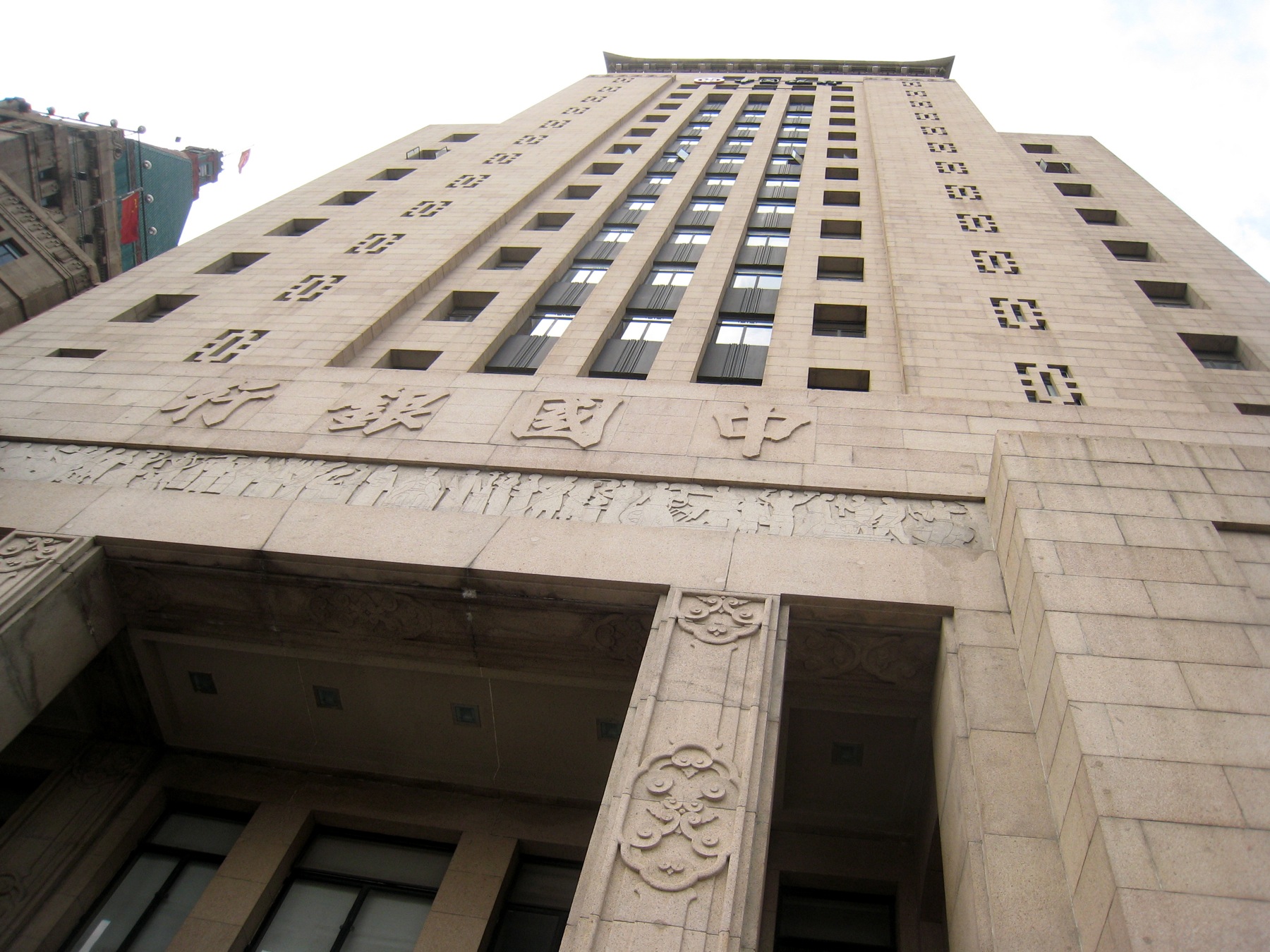According to Wind Information, 32 Chinese banks, which account for 70% of banking assets in the country, ramped up such granting. Total volume has grown almost 6 times since the end of 2011, from $ 334 billion to $ 2 trillion. These investments are now reaching 20% of all loans issued by the banks, whereas they accounted for only 6% in 2011.
Having designated the allocated funds as an investment, the banks let themselves off the leash. This step frees up capital, allows extending refund time, or even issuing new loans to troubled borrowers. "Rapid growth of off-balance bank operations and investment essentially means hidden credit risk, and this, in turn, may threaten financial security," - said Shang Fulin, Head of the Chinese Commission on Banking Regulation. In November, the regulator proposed new rules with more stringent standards of accounting for investments made by banks.
Previously, Fitch affirmed China's short-term rating at "F1" level. According to the agency, stable and secure external funding along with strong macro-economic indicators have allowed China to keep the country's rating stable.
At the same time, recent indicators of growth of China's economy prove assumptions about imbalances and vulnerabilities. Essentially, they mean possible risks to the economy and the country's financial stability.
At that, analysts of the agency believe that the Chinese authorities have sufficient administrative and financial resources to solve all problems, yet now they are not initiating all necessary measures which would help in this situation.
Fitch believes that vulnerability of the Chinese economy will continue to grow until 2018, since authorities in China are concentrating on hasty economic growth, rather than stability of macroeconomic indicators.
In addition, Fitch noted extremely rapid upsurge of debt level in the PRC. Indicators of debt financing, excluding funding from securities, rose to a level of around 200% of gross domestic product (GDP) as of beginning of the IV quarter of this year. At that, the figure was 192% of GDP by the end of 2015, and 114% of GDP at the end of 2008.
The agency believes that the real figure may even exceed 250% of GDP, so that all efforts of national authorities to reduce the debt would be insufficient.
source: wsj.com
Having designated the allocated funds as an investment, the banks let themselves off the leash. This step frees up capital, allows extending refund time, or even issuing new loans to troubled borrowers. "Rapid growth of off-balance bank operations and investment essentially means hidden credit risk, and this, in turn, may threaten financial security," - said Shang Fulin, Head of the Chinese Commission on Banking Regulation. In November, the regulator proposed new rules with more stringent standards of accounting for investments made by banks.
Previously, Fitch affirmed China's short-term rating at "F1" level. According to the agency, stable and secure external funding along with strong macro-economic indicators have allowed China to keep the country's rating stable.
At the same time, recent indicators of growth of China's economy prove assumptions about imbalances and vulnerabilities. Essentially, they mean possible risks to the economy and the country's financial stability.
At that, analysts of the agency believe that the Chinese authorities have sufficient administrative and financial resources to solve all problems, yet now they are not initiating all necessary measures which would help in this situation.
Fitch believes that vulnerability of the Chinese economy will continue to grow until 2018, since authorities in China are concentrating on hasty economic growth, rather than stability of macroeconomic indicators.
In addition, Fitch noted extremely rapid upsurge of debt level in the PRC. Indicators of debt financing, excluding funding from securities, rose to a level of around 200% of gross domestic product (GDP) as of beginning of the IV quarter of this year. At that, the figure was 192% of GDP by the end of 2015, and 114% of GDP at the end of 2008.
The agency believes that the real figure may even exceed 250% of GDP, so that all efforts of national authorities to reduce the debt would be insufficient.
source: wsj.com



















